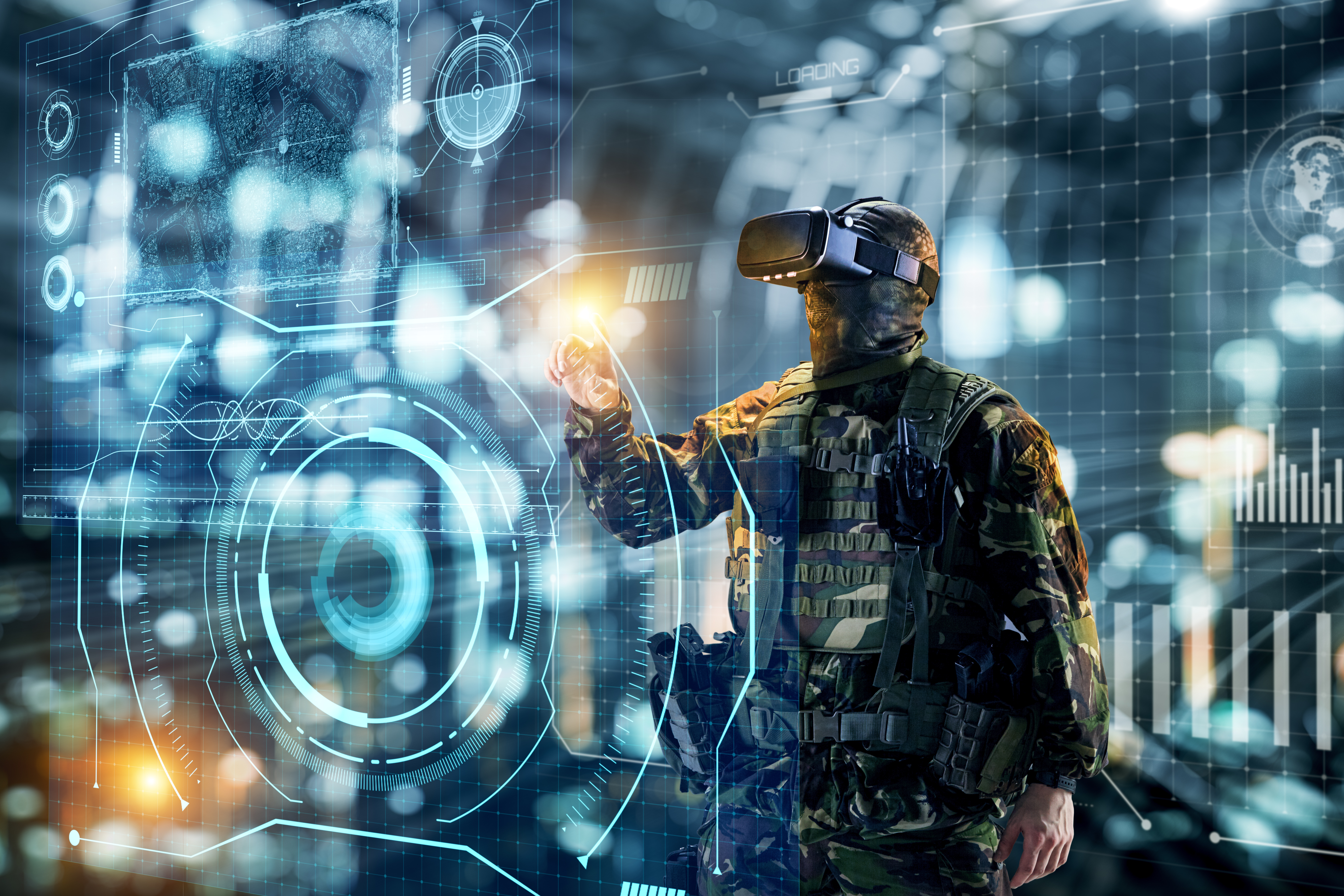The foundation for sustainability is security.
Security concerns all of us, whether it is in our daily lives while driving a car, in natural disasters like floods, or in geopolitical developments that we are witnessing since 2022.
We rely on the airbag in our car to function, on the disaster management of the Federal Office of Civil Protection and Disaster Assistance (BBK) to take action, and on the Technical Relief Agency (THW) to be operational when natural forces turn our lives upside down. Other topics such as supply chain issues, critical raw materials, and cybersecurity have also gained relevance in recent years.
Whether it is disasters, wars, or pandemics, quick responsiveness is crucial in security matters. At Fraunhofer IAPT, we focus on this point and develop turnkey 3D printing solutions in the following areas:
- Spare parts on demand and on-site: Producing replacement parts wherever and whenever needed to shorten delivery times and maintain the operational capability of equipment and systems.
- Reproducing obsolete components of machines and systems with a long lifespan to avoid rebuilding discontinued process chains.
- Significantly improving the functionality of safety-critical components and fully utilizing the potential of 3D printing in both plastic and metal domains.
With our expertise in virtualization, process chain automation, and process qualification, we accompany you throughout the value chain of 3D-printed components. From consulting and selecting suitable processes to application development and the delivery of quality-assured and ready-to-install parts.

